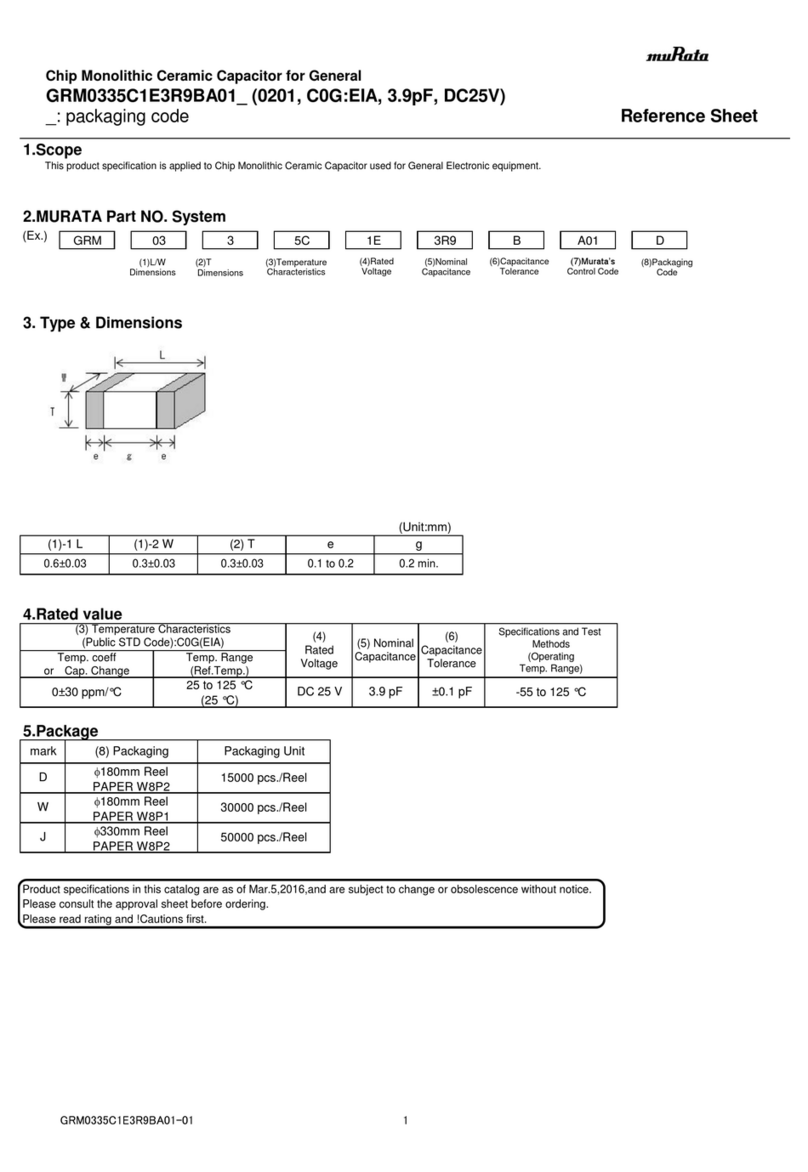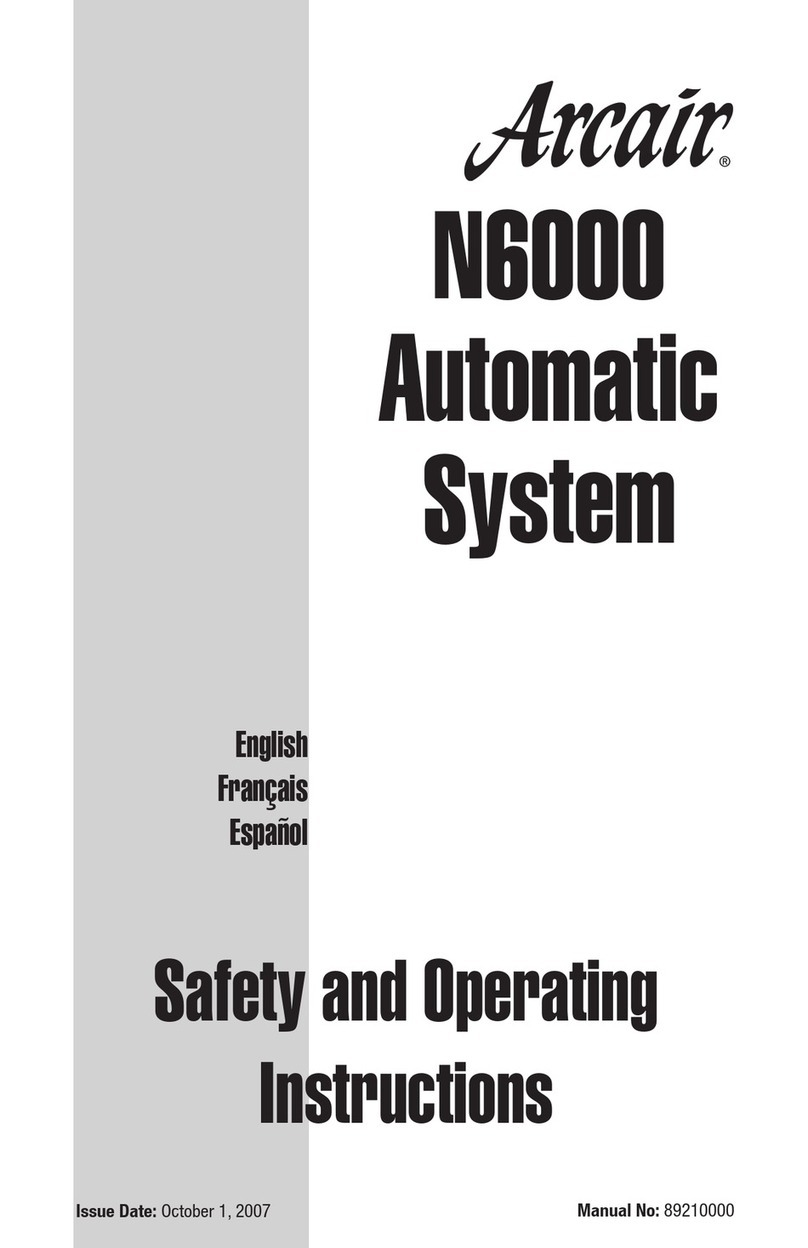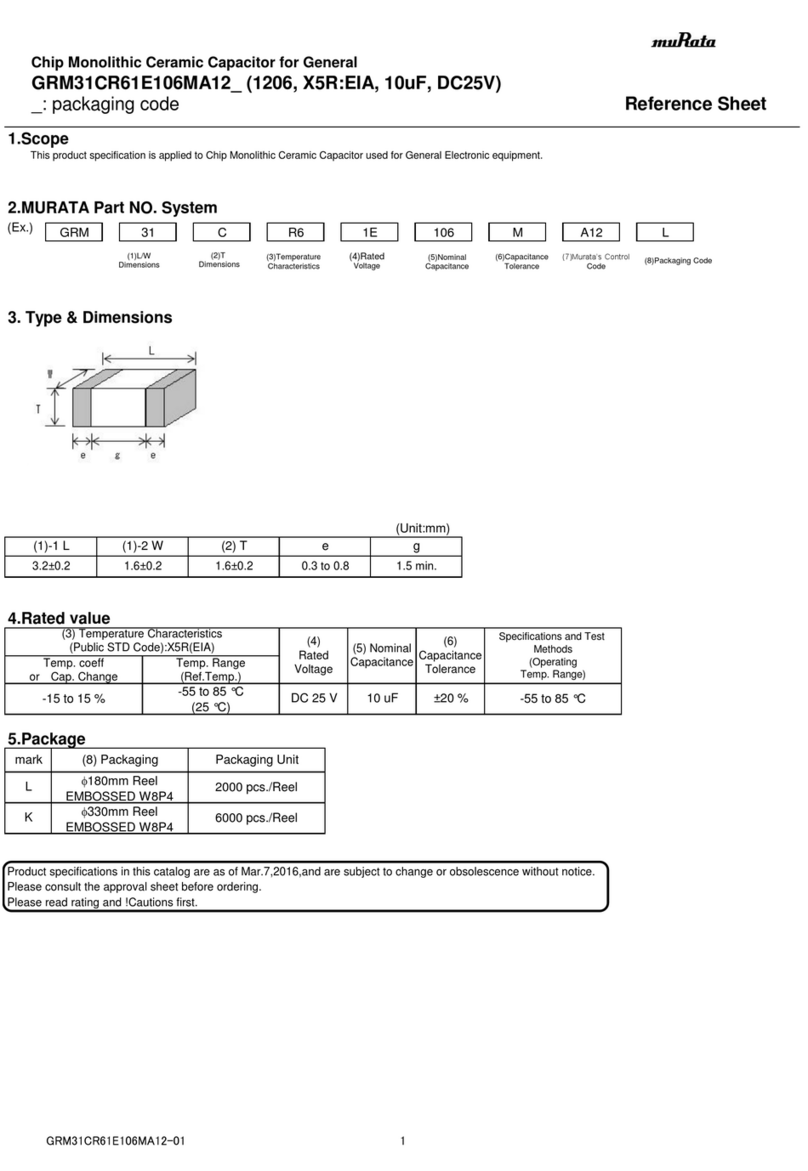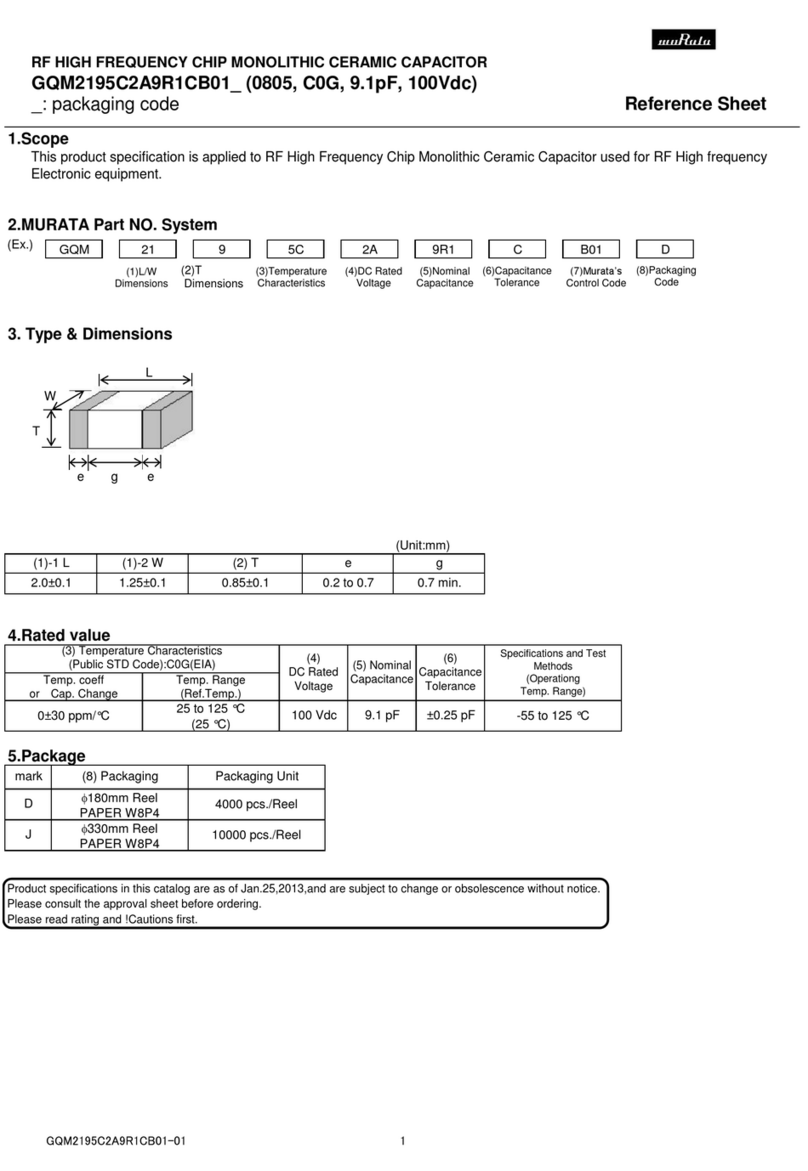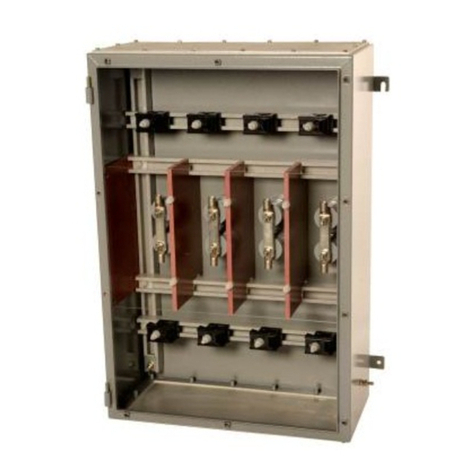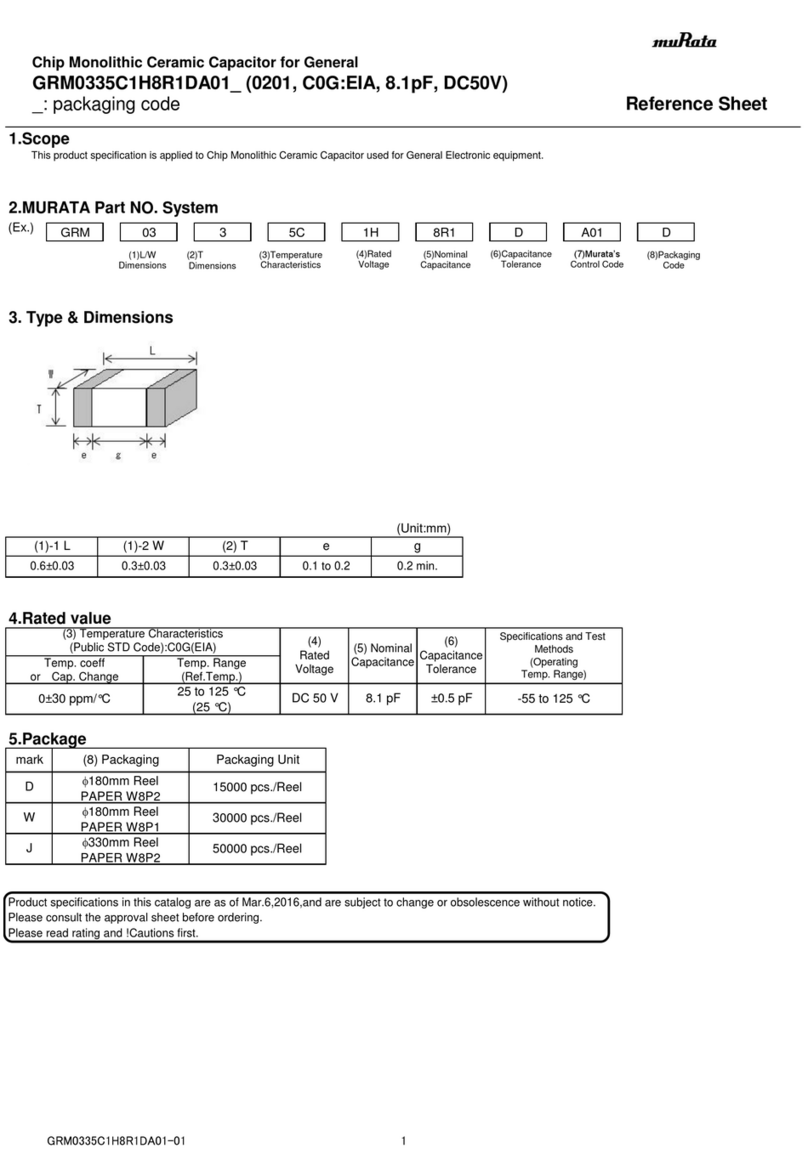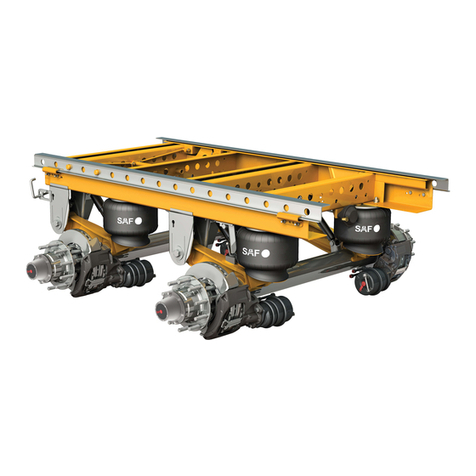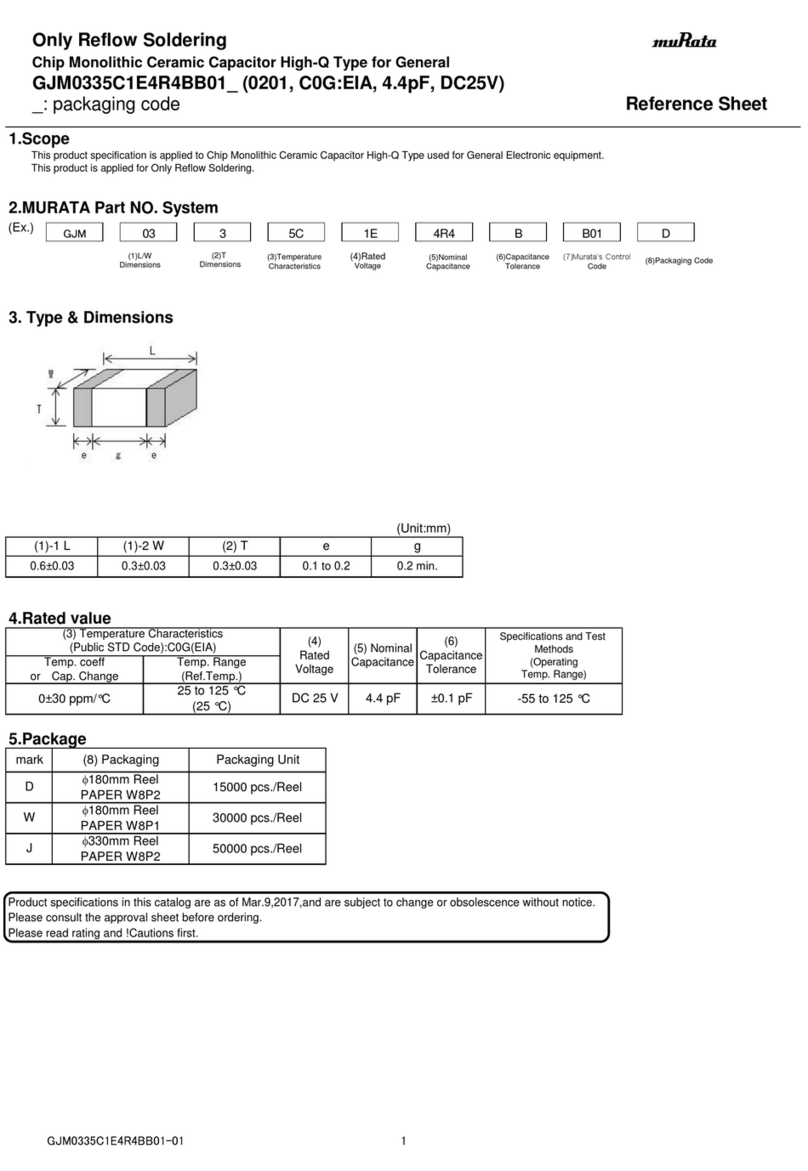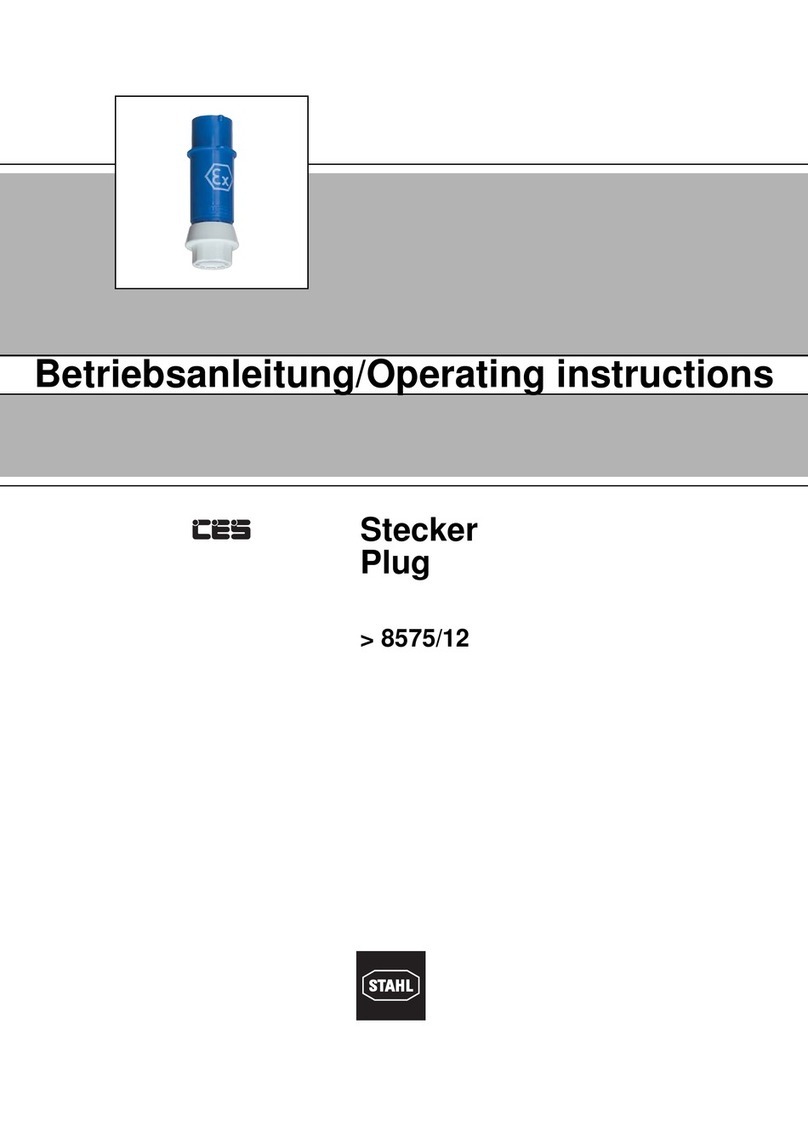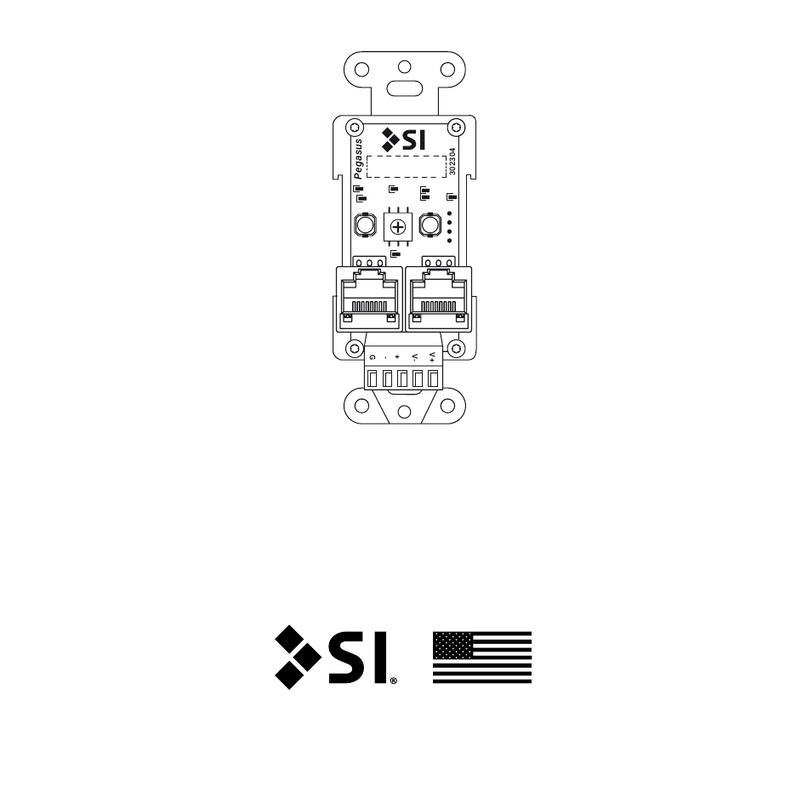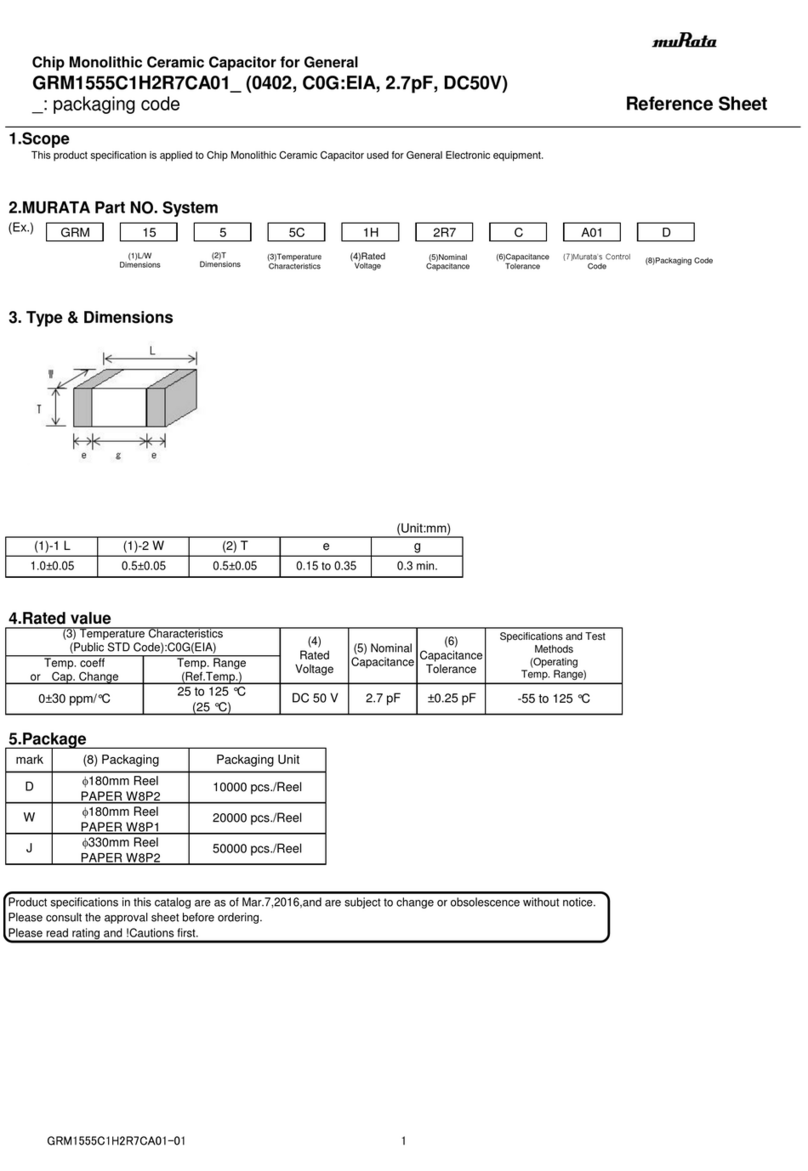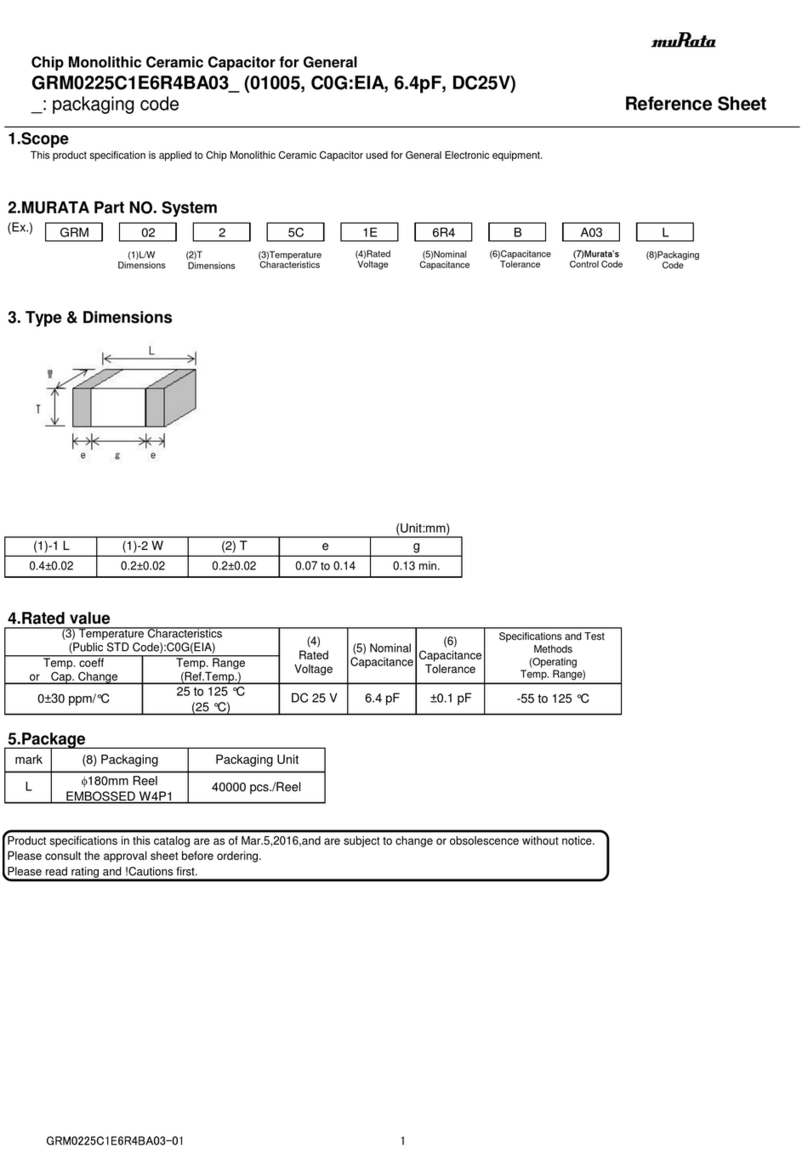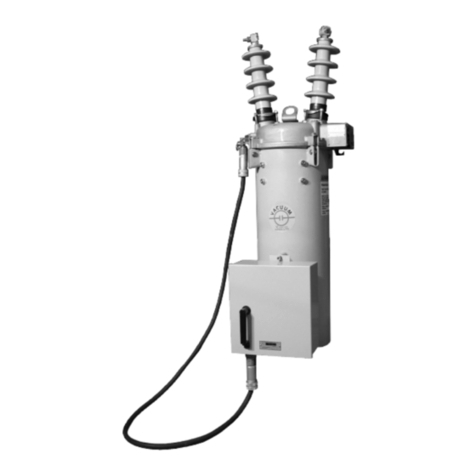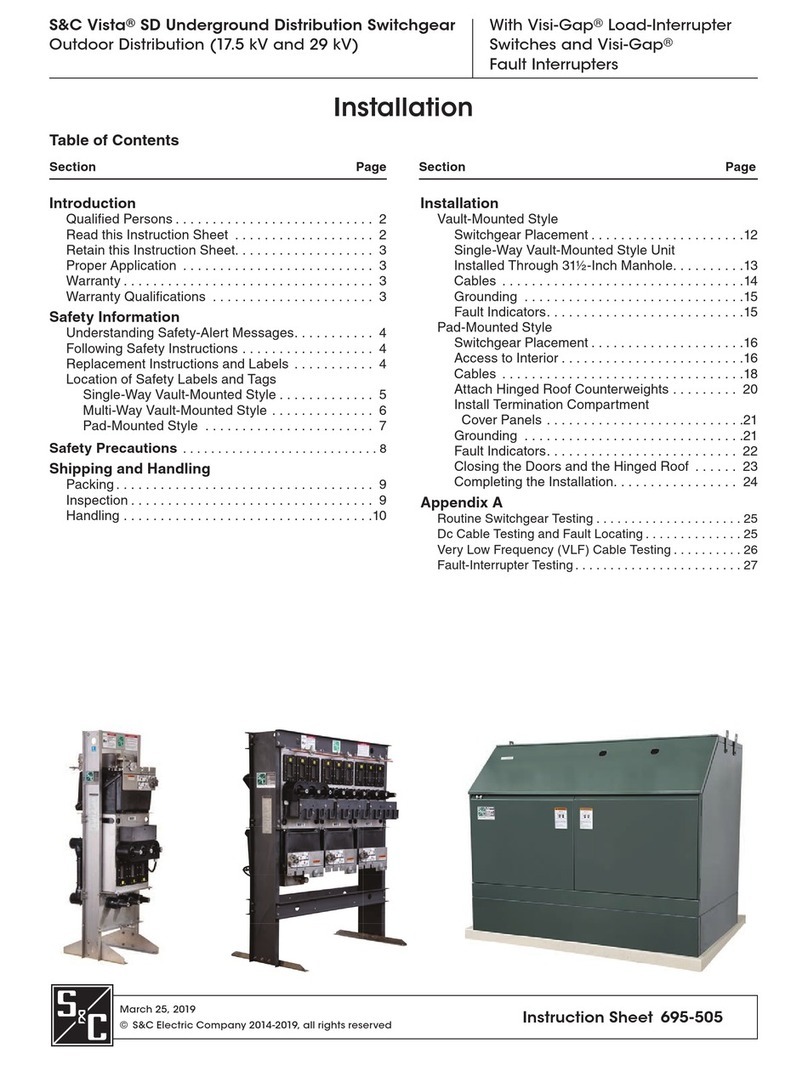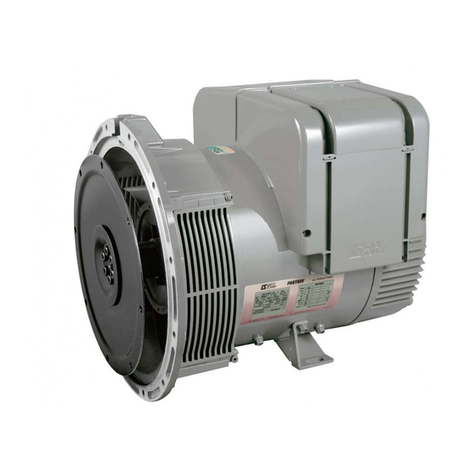
10
2017.01 / f
Electric Power Generation Installation and maintenance
TAL 044
Low Voltage Alternators - 4 pole
5226 en -
• Connection checks
Electrical installations must comply with
the current legislation in force in the
country of use.
Check that:
- The residual circuit-breaker conforms to
legislation on protection of personnel, in
force in the country of use, and has been
correctly installed on the alternator power
output as close as possible to the alternator.
(In this case, disconnect the wire of the
interference suppression module linking the
neutral).
- Any protection devices in place have not
been tripped.
- If there is an external AVR, the connections
between the alternator and the cabinet are
made in accordance with the connection
diagram.
- There is no short-circuit phase-phase or
phase-neutral between the alternator output
terminals and the generator set control
cabinet (part of the circuit not protected by
circuitbreakers or relays in the cabinet).
- The machine should be connected with the
busbar separating the terminals as shown in
the terminal connection diagram.
- The alternator earth terminal inside the
terminal box is connected to the electrical
earth circuit
- The earth terminal is connected to the
frame.
The connections inside the terminal box
must never be subjected to stress due to
cables connected by the user.
3.4 - Commissioning
The machine can only be started up and
used if the installation is in accordance
with the regulations and instructions
dened in this manual.
The machine is tested and set up at the
factory. When rst used with no load, make
sure that the drive speed is correct and
stable (see the nameplate). With the
regreasable bearing option, we recommend
greasing the bearings at the time of
commissioning (see section 4.3).
On application of the load, the machine
should achieve its rated speed and voltage;
however, in the event of abnormal operation,
the machine setting can be altered (follow
the adjustment procedure in section 3.5). If
the machine still operates incorrectly, the
cause of the malfunction must be located
(see section 4.5).
3.5 - Setting up
The various adjustments during tests
must be made by a qualied engineer.
Ensure that the drive speed specied on
the nameplate is reached before
commencing adjustment.
After operational testing, replace all
access panels or covers.
TheAVR isusedto make any adjustments
to the machine.
